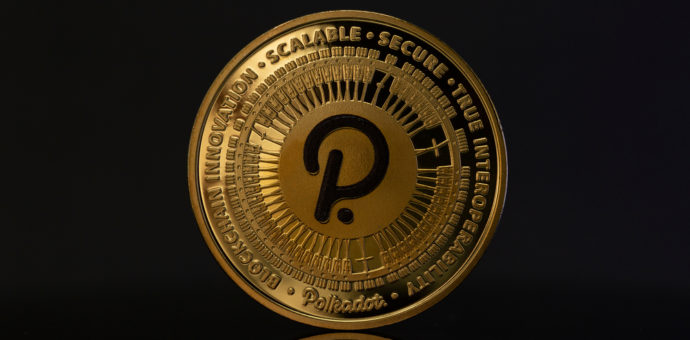Polkadot is the result of an open-source project created by the Web3 Foundation, in partnership with one of Ethereum’s co-founders, Gavin Wood.
After disconnecting from the Ethereum community in 2016, Wood began developing a “simple” sharding (a peer-to-peer system that contributes to scalability) of Ethereum. The project resulted in the first version of the Polkadot whitepaper in October 2016, with a framework that allows developers to create and join blockchains, facilitating communication and interoperability.
What is Polkadot?
Polkadot is described as an open-source multichain fragmentation protocol that facilitates data transfer or any other type of assets, not just tokens. In addition, it makes it possible to connect multiple blockchains.
Its protocol connects public and private networks, unallowed networks, oracles, and future technologies, allowing independent blockchains to reliably share information and transactions through the Polkadot relay chain. On the date this article was written, its current circulating stock exceeds 957 million units, but there is no information regarding the total supply.
What is Polkadot’s native token?
Polkadot’s currency is DOT, which serves three clear purposes: providing governance, simplifying network operations, and creating parallel chains.
Its components are:
- relay chain, which helps to build consensus, interoperability, and security;
- independent chains, which can have their tokens and be optimized for specific use cases (parachains);
- flexible connectivity, based on a prepaid economic model (parathread);
- connection mechanisms between parachains and parathreads, which allow them to communicate with external blockchains, such as Ethereum.
DOT is ranked 9th in the CoinMarketCap ranking and on July 5, its price was over US$ 15.
Web3 Foundation: Find Out Who Founded Polkadot
The Swiss foundation was set up to enable decentralized businesses to finance research and development projects in the area. The main one is Polkadot because of features such as scalability, security, and innovation.
The network, which has more than 100 developers, can process many transactions in multiple chains in parallel (parachains). This parallel processing power improves scalability. The governance of the protocol depends on its community, as well as its protection, carried out by a set of common validators.
What’s Polkadot’s goal?
Polkadot aims to be “a blockchain of blockchains”. A report by Outlier Ventures shows that Polkadot grew 44% from May 2019 to the same month of 2020, while Bitcoin and Ethereum declined slightly.
What are the advantages of Polkadot?
On the network, those who have the native token DOT can earn more cryptocurrencies by performing some functions:
- validating data from other blockchains and participating in consensus, in addition to voting on proposals for network improvements;
- selecting good validators and delegating DOT tokens to them – and, in return, earning more coins;
- collecting transactions and producing evidence of veracity;
- identifying network problems.
How are DOT coins validated?
The network uses the Named Proof of Stake (NPoS) mechanism to select validators and maximize blockchain security.
This structure allows chains to interact with each other safely and under the same rules, although independently controlled.
Where to buy DOT coins?
Polkadot’s (DOT) main trading exchanges are Binance, Huobi Global, HBTC, OKEx, and Binance. KR.







